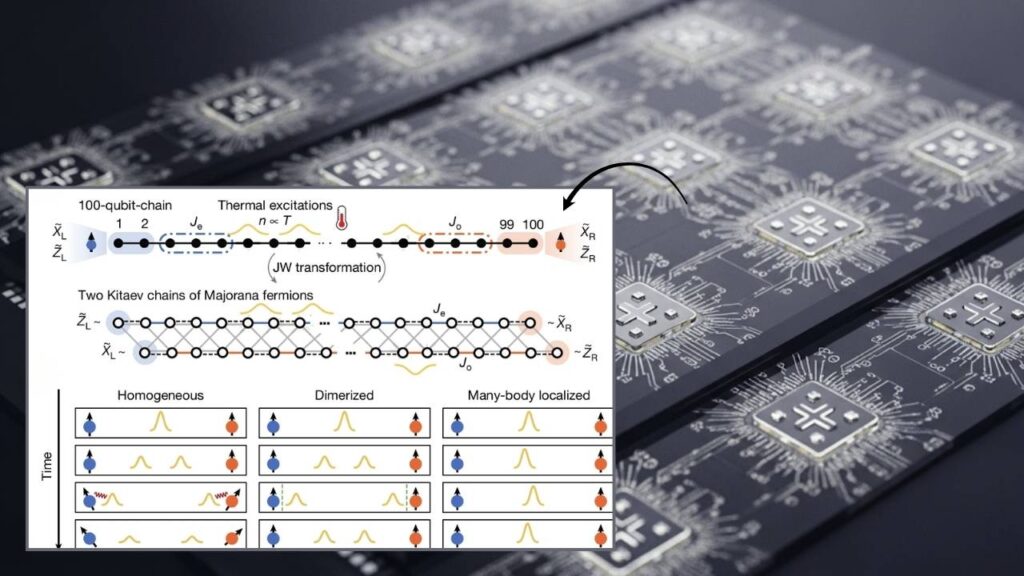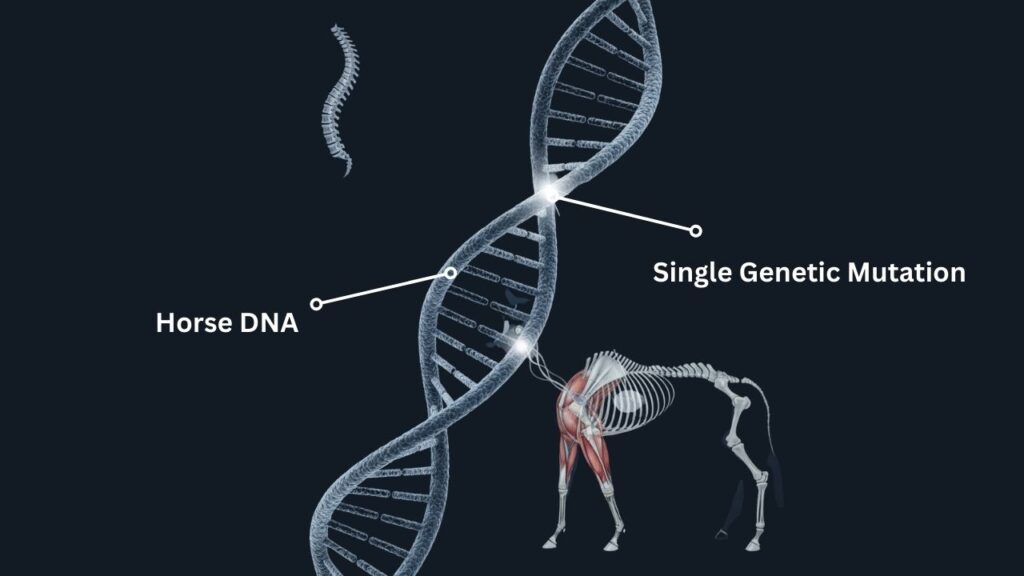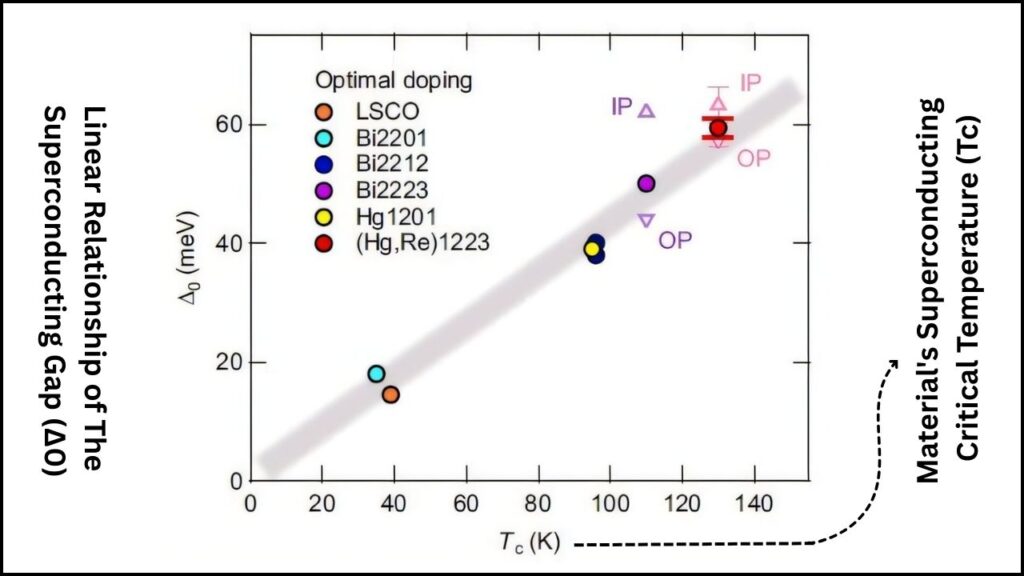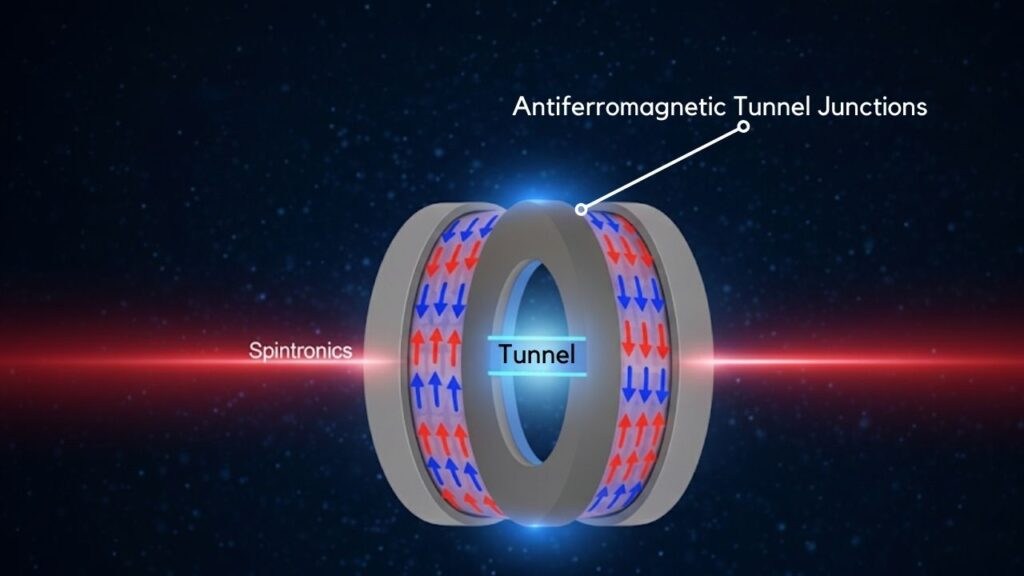Second Belt and Road Science and Technology Conference in Chengdu: China is set to host the Second Belt and Road Science and Technology Conference (BRST 2025) in Chengdu from June 10 to 12, 2025. This significant international event is a pivotal platform designed to promote scientific cooperation and technological innovation across the countries participating in the Belt and Road Initiative (BRI). It aims to strengthen partnerships, advance sustainable development, and share technological progress, reflecting China’s commitment to fostering global collaboration in science and technology.
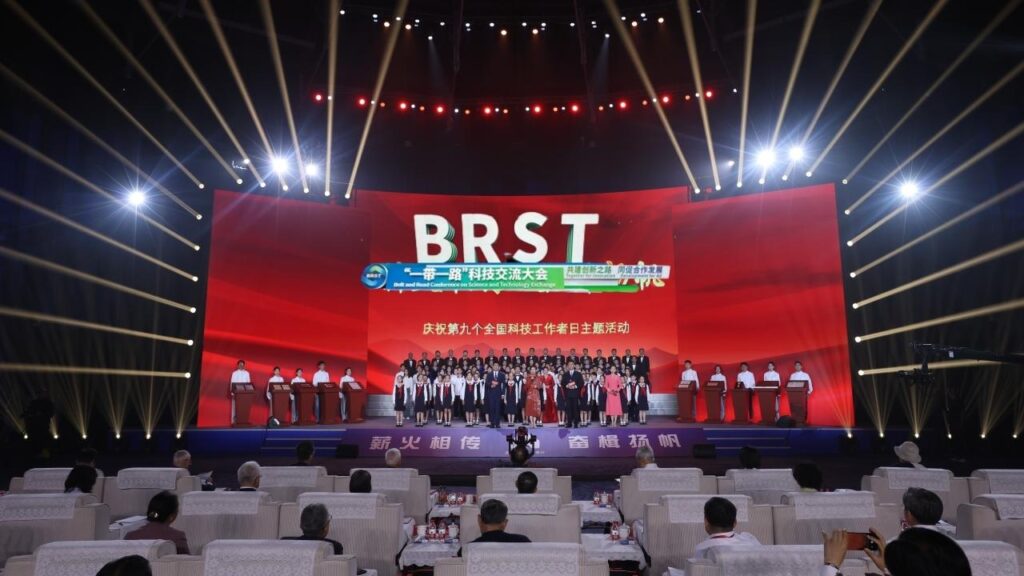
The Belt and Road Initiative, originally focused on infrastructure and trade connectivity, has increasingly evolved into a comprehensive international framework that supports cooperation in areas such as digital innovation, green technology, engineering education, and scientific research. The BRST conference reflects this evolution, providing a forum where scientists, engineers, educators, policymakers, and industry leaders can engage, collaborate, and innovate.
Table of Contents
Second Belt and Road Science and Technology Conference in Chengdu
| Feature | Details |
|---|---|
| Event Name | Second Belt and Road Science and Technology Conference (BRST 2025) |
| Dates | June 10–12, 2025 |
| Location | Chengdu, Sichuan Province, China |
| Theme | Together for Innovation, Development for All |
| Key Topics | Engineering education, digital science, green technologies, capacity building, innovation |
| Organizers | Chinese Ministry of Science and Technology, Chinese Academy of Sciences, Chinese Academy of Engineering, China Association for Science and Technology (CAST), Sichuan Provincial Government, Chongqing Municipal Government |
| Special Forums | Belt and Road Forum on Engineering Capacity Building, Digital Belt and Road Conference (DBAR 2025) |
| Website | Official BRST Event Page |
| Target Audience | Scientists, Engineers, Educators, Policymakers, Industry Leaders, Researchers |
The Second Belt and Road Science and Technology Conference in Chengdu marks a major step in global scientific cooperation under the Belt and Road Initiative. Its focus on engineering education, digital innovation, and sustainable development reflects pressing international priorities and presents a unique platform for professionals, academics, and policymakers to collaborate and innovate.
As the world faces increasingly complex challenges—from climate change to digital inequality—forums like BRST 2025 provide critical opportunities for building bridges across nations and disciplines. If you are involved in science, technology, or policy, this event is a must-attend for gaining fresh insights and expanding your global network.
The Belt and Road Initiative: A Science and Technology Perspective
The Belt and Road Initiative (BRI) was launched in 2013 as a massive infrastructure and economic cooperation project to revive ancient Silk Road trade routes connecting Asia with Europe, Africa, and beyond. Over time, China has strategically expanded the BRI to emphasize scientific cooperation, technology exchange, and sustainable development, which are essential to addressing modern global challenges such as climate change, energy scarcity, and digital transformation.
According to China’s Ministry of Science and Technology, the BRI now supports over 100 countries in collaborative projects that advance clean energy, information technology, health, and engineering education, making it a multi-dimensional framework for sustainable development and innovation.
The BRST conference is part of this broader vision, designed to facilitate knowledge-sharing and technology transfer, helping participating countries improve their research capabilities, modernize infrastructure, and jointly tackle complex scientific challenges.
Why BRST 2025 Matters
The Second Belt and Road Science and Technology Conference will be the largest event of its kind under the BRI banner, emphasizing:
1. International Collaboration
More than 1,000 delegates from over 100 countries are expected to participate, including scientists, engineers, university leaders, government officials, and representatives from international organizations. This diversity fosters cross-border collaboration essential to solving global challenges like climate change, pandemic control, and digital security.
2. Focus on Capacity Building
A key component of BRST 2025 is the engineering capacity building forum organized by the China Association for Science and Technology (CAST). The forum will discuss the development of global engineering education standards, continuous professional development (CPD) for engineers, and the international recognition of engineering qualifications. This is crucial for countries seeking to strengthen their workforce and align with international engineering standards.
3. Sustainability and Green Innovation
One of the BRI’s core goals is to promote carbon neutrality and green technologies. BRST 2025 will showcase projects and research focused on renewable energy, energy-efficient transportation (such as rail transit systems), and carbon-zero engineering solutions. This aligns with China’s pledge to reach carbon neutrality by 2060, highlighting the importance of international partnerships in achieving global climate goals.
4. Digital Transformation
BRST 2025 will be held alongside the 9th Digital Belt and Road Conference (DBAR 2025) from June 8 to 11, emphasizing the role of digital science in sustainable development. DBAR focuses on satellite technology, digital mapping, big data analytics, and artificial intelligence applications that help improve agriculture, urban planning, disaster management, and climate resilience.
What To Expect at BRST 2025
Major Sessions and Forums
- Belt and Road Forum on Engineering Capacity Building
This forum will explore the skills engineers need in the modern world, including technological innovation and ethical engineering practices. It will also focus on improving engineering education systems in developing countries to foster more inclusive growth. - Digital Belt and Road Conference (DBAR 2025)
Bringing together experts in digital sciences and geospatial technologies, DBAR promotes the use of earth observation data for environmental monitoring and disaster risk reduction. - Innovation and Entrepreneurship Sessions
Discussions will cover policies supporting startups, technology incubators, and innovation hubs within BRI countries. - Sustainable Development Goals (SDGs) Track
The conference will highlight how science and technology can advance the United Nations SDGs, especially clean energy (Goal 7), sustainable cities (Goal 11), and climate action (Goal 13).
Practical Benefits for Attendees
For Researchers and Academics
- Access to an international network of collaborators
- Opportunities to publish and present research
- Exposure to cutting-edge technological trends and funding opportunities
For Industry Professionals
- Insight into emerging markets along the Belt and Road corridor
- Potential for business partnerships and technology licensing
- Understanding of regulatory environments across multiple countries
For Policymakers
- Learn best practices in technology governance
- Gain ideas for science and innovation policies
- Network with global counterparts to foster bilateral and multilateral cooperation
The Role of Science and Technology in BRI Countries’ Development
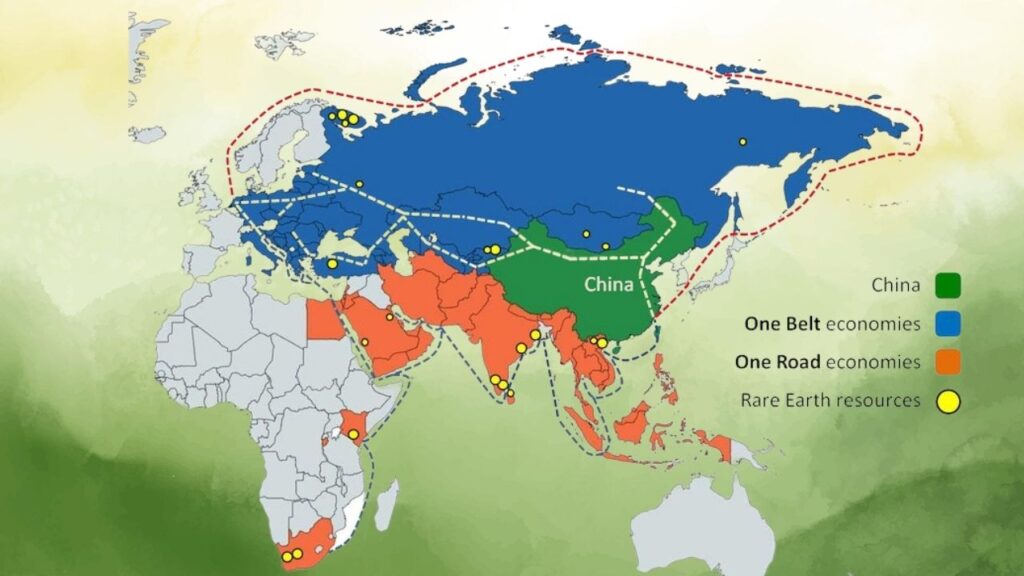
| Sector | Key Technologies/Focus Areas | Expected Impact |
|---|---|---|
| Renewable Energy | Solar, wind, hydro, carbon capture technology | Reduced greenhouse emissions, energy security |
| Transportation | High-speed rail, electric vehicles, smart logistics | Enhanced connectivity, lower transportation emissions |
| Digital Technology | AI, big data, satellite imaging | Improved governance, environmental monitoring |
| Education | Engineering curricula modernization, online learning | Increased STEM capacity, workforce development |
| Health | Telemedicine, biotechnology | Improved access to healthcare in remote areas |
How to Participate in BRST 2025
Whether you’re a student, researcher, or policymaker, participation in BRST 2025 is an invaluable opportunity.
Step-by-Step Participation Guide
- Register via Official Website
Visit the BRST registration page early to secure your spot. Virtual attendance options are available. - Submit Abstracts or Papers
Researchers and professionals interested in presenting should submit their abstracts according to deadlines specified on the website. - Select Relevant Forums or Workshops
Tailor your experience by choosing sessions aligned with your interests, such as engineering capacity building or digital science. - Prepare for Networking
Bring professional profiles and business cards. Utilize conference apps to connect with peers. - Engage Post-Conference
Follow up with contacts and access recorded sessions to deepen your learning.
European Startups Achieve Breakthroughs in Recycling EV Battery Materials
Robotic Automation Enhances Scalability of 2D Materials for Electronic Devices
ISRO Declares 2025 as Gaganyaan Year with December Launch Featuring Humanoid Robot Vyommitra
FAQs About Second Belt and Road Science and Technology Conference in Chengdu
Who can attend the BRST 2025 conference?
Participants include scientists, engineers, educators, government officials, industry representatives, and students from Belt and Road countries and beyond.
Are there fees to attend?
Registration fees vary by session and participant type. Some sessions offer free virtual access.
Can I attend remotely?
Yes, a hybrid attendance model allows virtual participation with live streaming and interactive Q&A.
Is language interpretation available?
Simultaneous translation services will be provided in English and Mandarin for most sessions.
Where can I find accommodation and travel information?
Official conference organizers provide recommendations and booking assistance on the event website.
